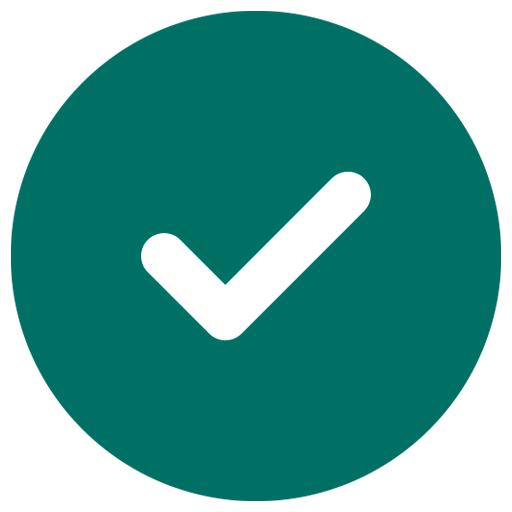Before we dive in, here’s what you’ll learn: the résumé header and contact info that get you noticed; a concise professional summary or objective; a skills section optimized for both humans and ATS; experience entries that spotlight quantifiable achievements; and your education plus certifications to seal the deal.
1. Header & Contact Information
Your résumé header is like your personal storefront—if it’s cluttered or missing details, recruiters may never look further. Always include:
- Full name in a prominent font as your “title”.
- Professional email address (e.g., jane.doe@email.com) and a reliable phone number.
- Location, at least city and state, so recruiters know you’re in the right region.
- Optional links to LinkedIn, personal website, or portfolio—only if they add real value.
Keep it clean: use one simple font at 10–12 pt, left‑align everything, and avoid images or headers that confuse Applicant Tracking Systems (ATS).
2. Professional Summary or Objective
Immediately below your header, write either a professional summary (for experienced candidates) or an objective statement (for entry‑level or career‑changers).
- A summary is 2–4 lines highlighting your core strengths, years of experience, and top achievements (e.g., “Digital marketer with 6 years’ experience who boosted lead generation by 40% through optimized campaigns”).
- An objective focuses on what you aim to bring to the new role (e.g., “Recent computer science graduate seeking junior developer role to apply Python skills and streamline testing processes”).
Tailoring this section to each job posting—with relevant keywords—improves both human and ATS engagement.
3. Skills Section
Recruiters and ATS alike scan résumés for specific keywords. Divide your skills into:
- Hard skills: technical tools, languages, platforms (e.g., “SQL, JavaScript, AWS, Scrum”).
- Soft skills: interpersonal strengths (e.g., “collaboration, critical thinking, adaptability”).
Use bullet points and mirror the terminology found in the job description. Aim for 8–12 top‑priority skills—too many can dilute impact.
4. Professional Experience with Quantified Results
This is the heart of your résumé. Rather than listing duties, show impact with metrics:
- Job title, Company — Dates (MM/YYYY–MM/YYYY)
- Bulleted achievements that start with strong action verbs and include numbers:
- “Led a team of 5 analysts to implement a new data pipeline, reducing report generation time by 30%”.
- “Launched an email campaign that increased customer engagement by 25% within three months”.
Avoid vague phrases like “responsible for” or “worked on.” Specificity and quantification set you apart.
5. Education & Certifications
Your academic background and certifications validate your expertise—especially in regulated or technical fields. List:
- Degree, Institution — Graduation Year.
- Relevant coursework or honors (if you’re a recent grad).
- Professional certifications (e.g., “Certified AWS Solutions Architect — 2024”).
If you hold an advanced degree (Master’s, PhD), a brief mention of your thesis or dissertation title suffices—focus on relevance.
Putting It All Together
- Header & Contact: clear, ATS‑friendly, professional.
- Summary/Objective: concise, tailored, keyword‑rich.
- Skills: divided into hard/soft, aligned to the job.
- Experience: achievement‑driven, quantified, action‑oriented.
- Education & Certifications: concise, relevant, validating.
By weaving these five elements into your résumé—and customizing each version for the role you seek—you’ll speak to both machines and hiring managers, giving yourself the strongest chance of landing the interview.
Consider including a section for **volunteer experience** or **community involvement** if applicable, as it can showcase additional skills and dedication beyond professional roles. Additionally, stay updated with the latest industry trends and tools to ensure your skills section remains current and competitive. For those in creative fields, a link to an online portfolio or a digital project can provide tangible evidence of your capabilities.


 United States
United States Canada
Canada Mexico
Mexico Argentina
Argentina Brazil
Brazil Peru
Peru Japan
Japan South Korea
South Korea United Arab Emirates
United Arab Emirates France
France Germany
Germany Italy
Italy Portugal
Portugal Spain
Spain Sweden
Sweden Switzerland
Switzerland United Kingdom
United Kingdom Australia
Australia



